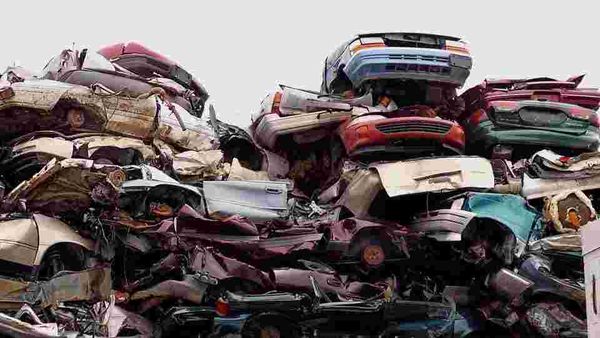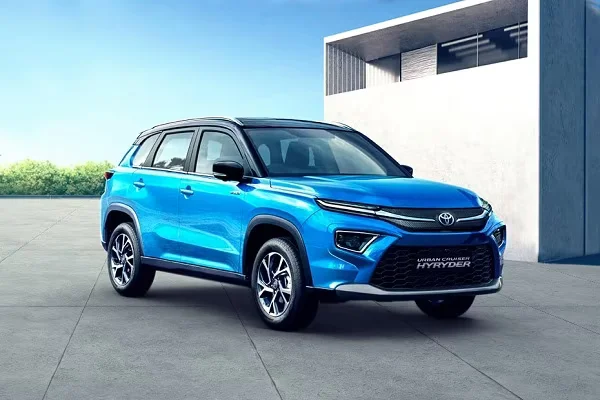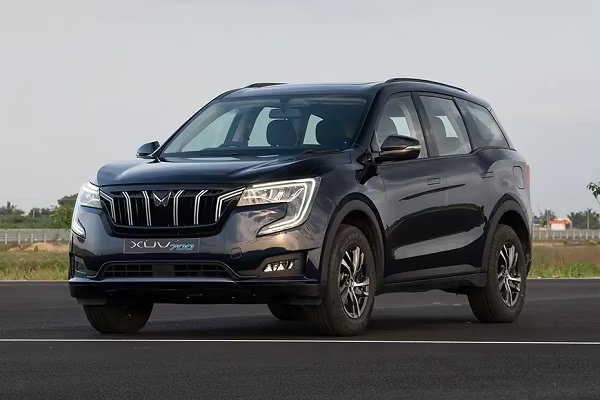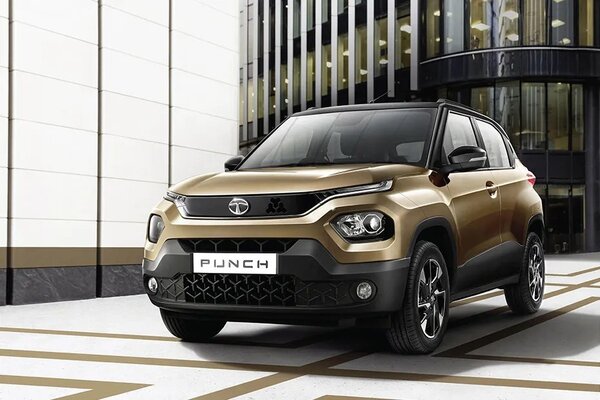Vehicle Scrappage Policy may be a reality soon: All you need to know


Vehicle scrappage policy is one of the most discussed issues, long-delayed and much-awaited scheme in the Indian auto industry for the last several months. Meanwhile, Union Minister for Road, Transport and Highways Nitin Gadkari has approved the scrappage policy of Government department and PSU vehicles that are older than 15-years. The policy will be effective from 1st April 2022, MoRTH said in a statement.
(Also Read: Vehicle scrappage policy may have slew of incentives to send old car to junkyard)
The vehicle scrappage policy is aimed at curbing air pollution. Also, it is expected to create new demand in the auto sector which has been severely hit by the economic crisis caused by global meltdown, finance crunch and lately due to the Covid-19 pandemic. The policy has been one of the most sought decisions from the Indian government by the auto industry in the last couple of months.
Trending Cars
According to MoRTH, once the vehicle scrappage policy is approved, India will become an automobile manufacturing hub and prices of the vehicles will be reduced. The policy will not only help the auto industry but other sectors involved in the ecosystem as well.
(Also Read: Budget 2021: Auto industry demands rationalisation of tax, scrappage policy)
According to a report by HDFC Bank, the vehicle recycling industry would worth around $6 billion ( ₹43,000 crore). Indian steel industry imports around 6 million tonnes of steel scrap annually. This huge demand can be met locally if the old vehicles are recycled. Hence, the steel industry will benefit from the policy. On the other hand, plastic and rubber recycling industry too will benefit from the vehicle scrappage policy.
The Indian policy in a nutshell
To put it simply, the vehicle scrappage policy aims to take out the old polluting vehicles from Indian roads and send them to the scrapyard. With the vehicles older than 15 years have very low resale value and polluting the environment at a larger scale, sending them to scrapyards will offer the owners a monetary compensation, which will help them to buy a new vehicle.
This will help the environment and create demand in the auto industry. Also, it will enhance the recycling industry as well. With metals and other materials available for recycling, they can be used to produce new products including new vehicles as well.
Global example
Vehicle scrappage policy is nothing new in the world. Several other countries too have undertaken such measures. For instance, in the US, Car Allowance Rebate System, popularly known as ‘Cash for Clunkers’ was introduced after the 2008-2009 financial crisis. The owners of the older vehicles in the US were being given $4,500 for sending their old vehicles for recycling.
Under this scheme around 700,000 vehicles were sent to the scrapyards. This policy also helped in boosting the American auto industry that suffered a blow during the financial crisis. Not only that, the scheme helped in reducing the pollution level to some extent as well.
Similar policies have been adopted in Canada, China, France, Germany, Italy, Japan and many other countries. In Canada, the policy is known as ‘Retire Your Ride’. Germany recorded the largest vehicle scrappage program, offering 2,500 Euros (approximately ₹1.96 lakh) for cars older than nine years. With this policy implemented, the country experienced 40% YoY growth in car sales in March 2009, as compared to the same month in 2008.
The vehicle scrappage incentives in the European countries ranged between 1,000-4,500 Euros (approximately ₹78,000-3.5 lakh), with France and Spain offering these scrappage incentives respectively.
How vehicles are recycled
After the older vehicles are taken to the scrapyards, machines like shredders will be used to cut them into small pieces. While the metals, plastics and some parts can be recycled, there will be a challenge as well. What will happen to the parts that cannot be re-used?
What’s in it for the vehicle owners and OEMs?
While the vehicle scrappage policy that has been approved by Union Minister Nitin Gadkari currently focuses on the vehicles owned by government departments and PSUs, once implemented for mass, it would create a win-win situation for the vehicle owners and the OEMs as well. How?
If the owners opt to sell the vehicles that are older than 15 years by themselves, they would receive next to nothing, as the resale values of such vehicles are extremely low. However, the vehicle scrappage policy will make them eligible for monetary compensation through the scheme that will help them to buy a new vehicle.
The Government is claimed to be in talks with automobile manufacturers to provide discounts and other incentives to the new vehicle buyers who will scrap their old vehicles. The auto industry has been advocating for the implementation of the policy for quite a long time, as it would create fresh demand in the ecosystem. The auto industry has been impacted severely due to the pandemic, with sales slumped massively. The policy is expected to make the vehicles more affordable as well, which will attract more consumers to buy new vehicles.
Hence, the policy comes creating a win-win situation for both the consumers and OEMs.
Will it help in creating jobs?
While the policy will have a direct bearing on many vehicle owners, as well as the auto industry also, there would be a scope of job creation as well. The vehicle scrapping business would grow with the implementation of this scheme. This will enhance the job creation opportunity in the segment and bring business to many players.
Environmental impact
Steel is one of the most recycled metals in the world. Iron-ore extraction leaves a deep impact on the environment, across mining, transportation and extraction as well. Several by-products created during metal extraction pollute the environment in many forms by spreading particulate matter and acid. With the scrappage policy in place, recycled metals would reduce the need to extract fresh metal that would minimize the impact on the environment.
Plastic is known as a major pollutant of environment and vehicles use plastic at a great amount in order to reduce weight and improve emissions. Nearly one-third of all parts in a modern car is made of plastic. Being a non-degradable material, leaving these plastics into the environment can cause severe pollution while recycling them will enhance re-usage in new vehicles. This will not only save costs for the auto industry but help in reducing environmental impact as well.








 1490 cc
1490 cc Multiple
Multiple















